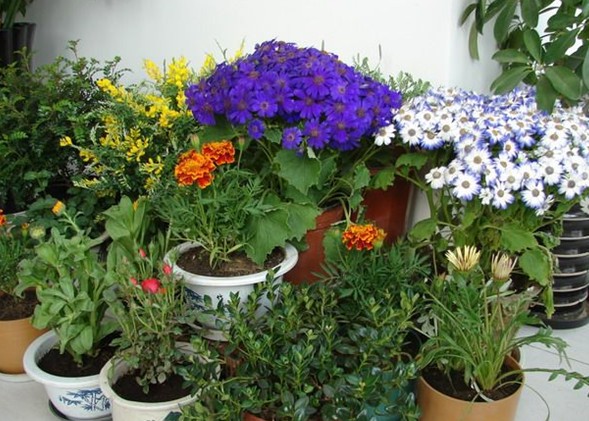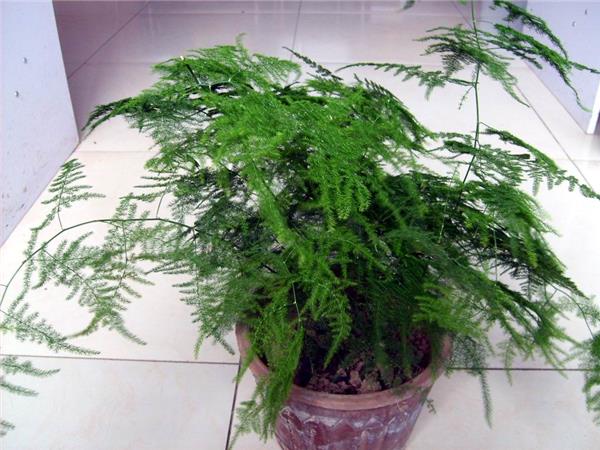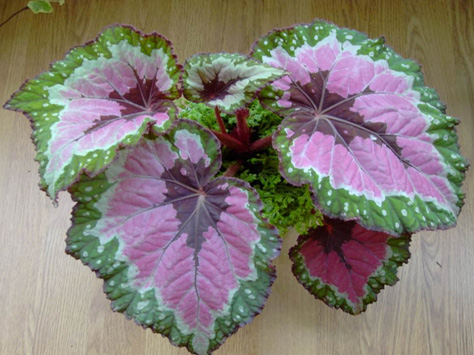The principle of protecting flowers in house how to preserve potted flowers
Room potted flowers have now become one of the mainstream practices of decorating the room, but only by raising flowers and protecting flowers can beautiful flowers add beautiful scenery to the room.

Four Principles of Family Bonsai Conservation
Principle 1: Keep humidity: The most important thing to raise bonsai is to master humidity, generally based on the principle of "not dry, not irrigated, irrigated". Once every three to four days in spring and autumn, once a day in summer, and once a week or more in winter, depending on the amount of water evaporated.
Principle 2: Appropriate illumination: Plants need photosynthesis, so sunlight is very necessary. In spring, summer and autumn, bonsai must be placed in a sunny place. Winter indoor storage must have sufficient diffuse light to maintain normal photosynthesis.
Principle 3: Pay attention to indoor temperature: the general environment temperature suitable for bonsai is between 20℃ and 35℃, the time for bonsai to enter the greenhouse should be grasped well, the autumn can enter the house ten days after the frost, and the plant enters the house after one or two minor frosts is conducive to the germination and flowering of the coming year. Spring out of the room before and after the rain, too early out of the room will be due to the obvious alternation of cold and warm caused by spring freeze.
Principle 4: Shape control: The size of pruning generally does not affect the survival of the plant, and you can freely play your understanding and creativity of bonsai modeling. When pruning, in order to avoid cutting into broken leaves and bald branches, the cut should be placed under the handle.

II. How to deal with diseased plants
First of all, cut off the branches or leaves of plants with serious diseases and insect pests to cut off the source of infection. The plants are then sprayed with appropriate chemicals.
In addition to timely medication, good management is also important. However, it should be noted that the affected plants have no ability to withstand the normal pressure caused by changes in light, temperature, watering and humidity. The growth potential of the plants at this time is very weak, and the metabolism in the body is often out of balance. Therefore, it is best to move the plants to a dark place, maintain the right temperature (not the warmer the better), and spray them frequently.
If necessary, plastic bags can also be placed over the plants to keep them moist. At the same time, watering should be very careful and the amount of water should be reduced. Fertilization should not be applied until it has grown new leaves and shows signs of complete recovery, and then normal conservation management should be carried out.

How to maintain potted flowers in autumn
Breeding timely autumn temperature is low, some biennial flowers, such as pansy, pink, melon, hollyhock, etc., is a good time to sow. Spray water after sowing to keep the soil moist. There are also some woody flowers suitable for insertion in autumn, such as rose, geranium, jasmine, etc., in autumn insertion survival rate is higher. For the perennial flowers that grow more densely and need to be divided, such as peony and peony, they should be divided and propagated in time. For flowers that bloom around the Spring Festival, such as hyacinth, tulip, amaryllis, etc., we should seize the time to pot.
The time of entering the room in time potted flowers can vary according to different flowers. Hibiscus, poinsettia, begonia, cyclamen, jasmine, clover, turtleback bamboo and other warm-loving flowers and trees should be moved indoors when the temperature is 10 ° C, and hanging orchid, asparagus, pointyleaf orchid, gooseberry, rubber tree, etc. should also be moved indoors when the temperature is 5 ° C. Most flowers are best served before frost.

The introduction on how to raise flowers and protect flowers is here. After the introduction above, I hope that you can not only learn some skills of nursing flowers, but also hope that you can pay attention to the maintenance of flowers and plants, and manage your flowers and plants beautifully.
Related
- Wuhan Hospital Iron Tree Blooming Result Was Instantly Frightened by the Gardener Master
- Which variety of camellia is the most fragrant and best? Which one do you like best?
- What is the small blue coat, the breeding methods and matters needing attention of the succulent plant
- Dormancy time and maintenance management of succulent plants during dormancy
- Minas succulent how to raise, Minas succulent plant pictures
- What are the varieties of winter succulent plants
- How to raise succulent plants in twelve rolls? let's take a look at some experience of breeding twelve rolls.
- Attention should be paid to water control for succulent plants during dormant period (winter and summer)
- Watering experience of twelve rolls of succulent plants
- Techniques for fertilizing succulent plants. An article will let you know how to fertilize succulent plants.



